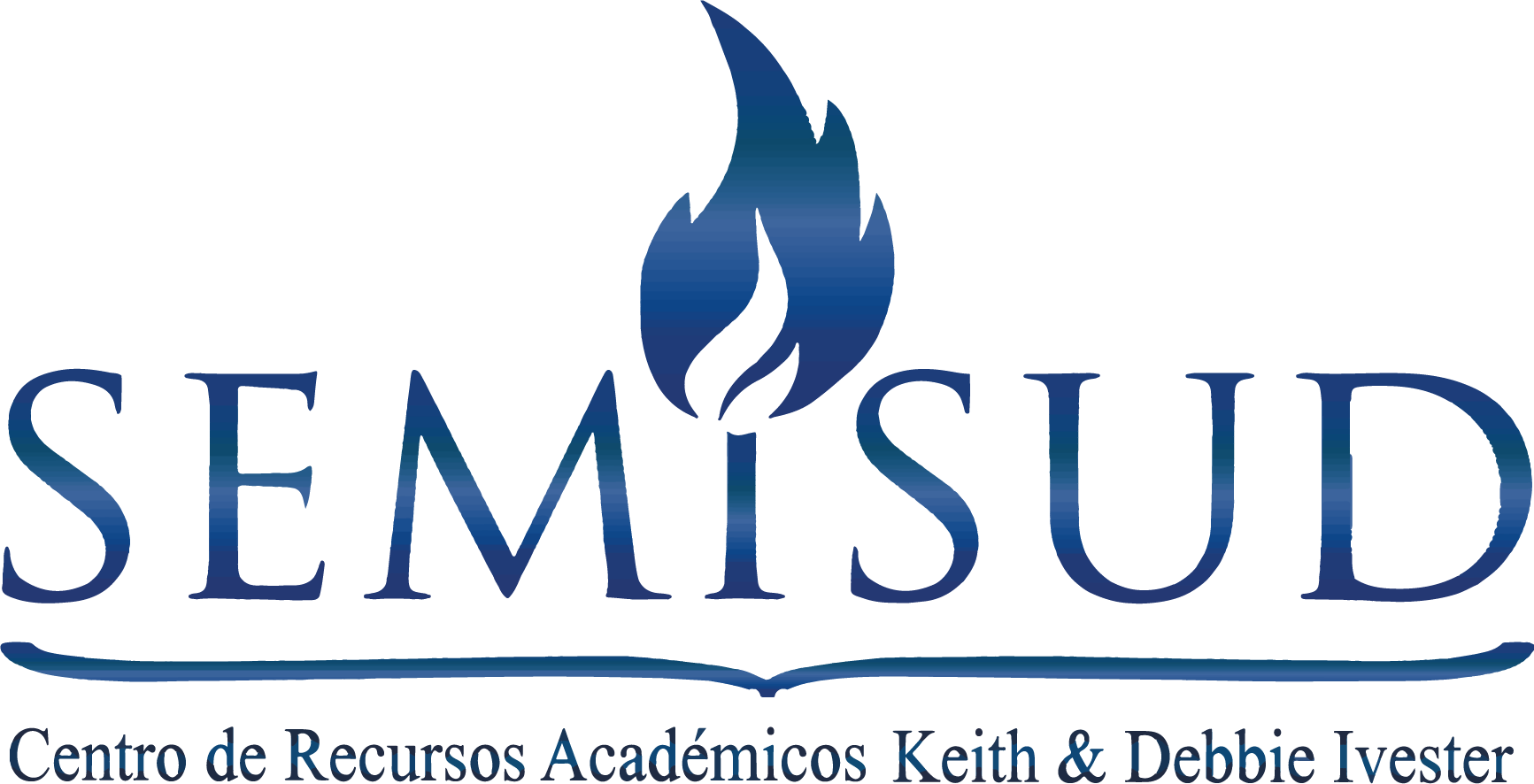| Título: | ERASMIANISM, IN SPAIN : El erasmismo en España |
| Autores: | José Goñi Gaztambide |
| Tipo de documento: | texto impreso |
| Editorial: | Servicio de Publicaciones de la Universidad de Navarra, 2018-03-06 |
| Dimensiones: | application/pdf |
| Nota general: |
Scripta Theologica; Vol. 18 Núm. 1 (1986); 117-155 Scripta Theologica; Vol. 18 Núm. 1 (1986); 117-155 2254-6227 0036-9764 Derechos de autor 2018 Scripta Theologica |
| Idiomas: | Español |
| Palabras clave: | Estudios |
| Resumen: |
This study aspires at presenting the present state of the research carried out on Erasmianism in Spain. The basis for this is found in M. Bataillon, Erasmo y España (México, 1966) and later contributions. It consists of five sections: Introduction, Birth, Apogee, Declivity, Fruits and Bibliography. In the Introduction, the author points out the origin and significance of the word Erasmianism, stresses its importance in Spain, indicates the main overall studies and shows the phases of its development. The birth was a late one (1516-1524). The oldest focal point is detected in Seville, place where the first translations in Spanish of the works of Erasmo were carried out. Soon after that, other local points emerged in Valencia where the oldest imitation of Moriae Encomium appears; in Alcalá de Henares in whose University, the most sworn enemies together with his most enthusiastic admirers were often to be found, and in the Spanish Court where he had strong support. The new movement attained its apogee between 1525 and 1530, when the printer Miguel de Eguía brought to light various of Erasmo's works in Latin, particularly in the case of his Manual del Caballero Cristiano (The Christian Gentleman's Manual) in the Spanish version. The success was spectacular. The friars reacted denouncing Erasmo as a heretic but were not able to get him condemned in the Juntas (Boards) of Valladolid (1527). From this time on, Erasmo's books enjoyed a popularity little known in other countries. After 1530, the situation changes. The movement begins to experience a declivity phase, of persecution and of underground life (1530-1615). This leads to the Index forbidden books by Valdés (1559). The latter condemned not only several of Erasmo's works, but also those of other writers who had been contaminated by his ideas. The official repression was followd by a literary attack in which some of his own friends turned against him (1532- 1568). The author also relays the latest contributions on the influence of Erasmo in St. Ignatius of Loyola, friar Louis of Leon, friar Diego of Estella, Berito Arias Montano, el Lazarillo de Tormes, Cervantes and Carlos (Charles) V. Still to be clarified, however, is the influence of Erasmo in Miguel Servet and in other writers. Moreover, the full stock of Erasmo's works contained in the Spanish libraries is still to be looked into. Some of the samples taken recently have had surprising results. The fruits of Erasmism were abundant in the field of ecclesiastic renewal, inthat of predication, in catequethics, of bible studies and of literature, in the formulation of a new episcopal and priestly ideal, in the diffusion of a new ideal of laicist sanctity and in the birth of the Spanish school of prayer. The bibliography could perhaps be judged as useful. It is divided up into sources, global studies and specific studies. Each one of these sections follows and alphabetic order. The total sum of the entries is 140. Introducción. I. Nacimiento (1516-1524). II. Apogeo (1525-1530). III. Declive, persecución y vida subterránea (1530-1615). IV. Frutos. V. Bibliografía sobre el erasmismo en España. |
| En línea: | https://revistas.unav.edu/index.php/scripta-theologica/article/view/18533 |
Ejemplares
| Estado |
|---|
| ningún ejemplar |




